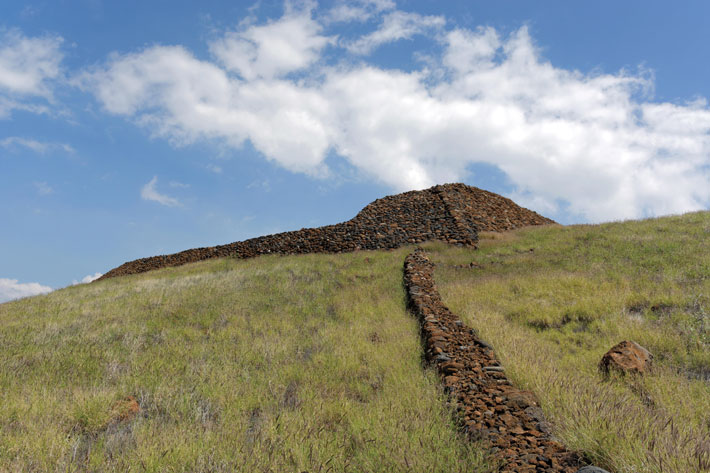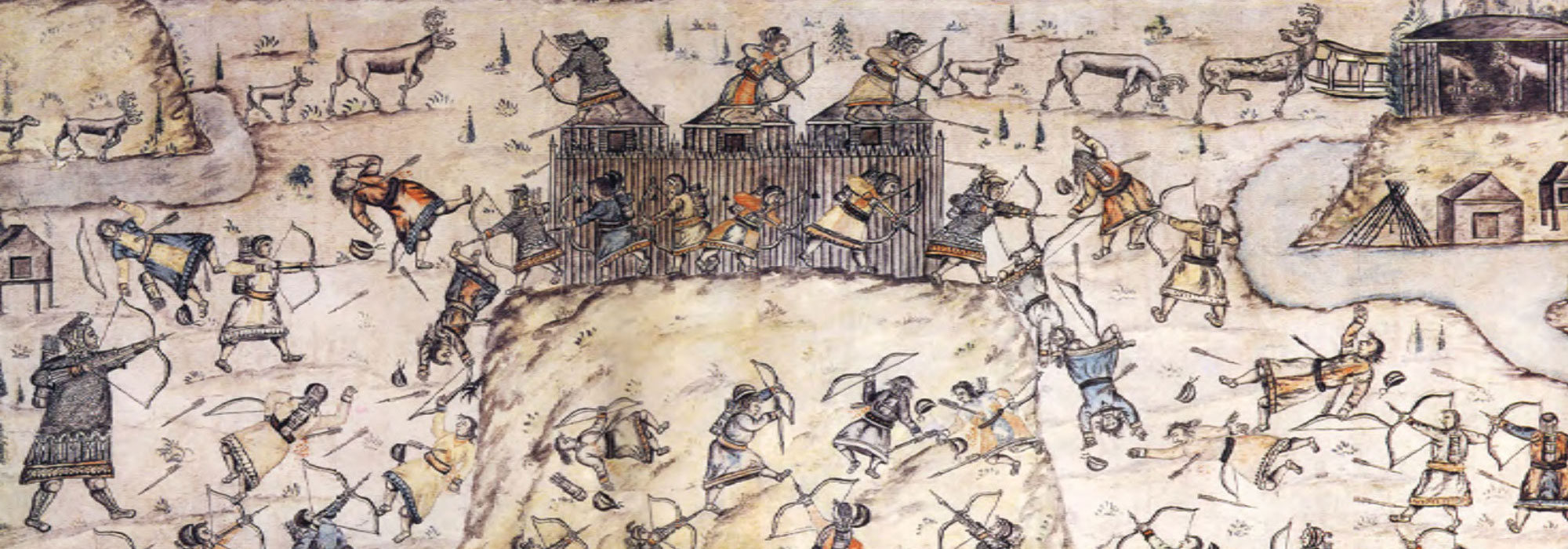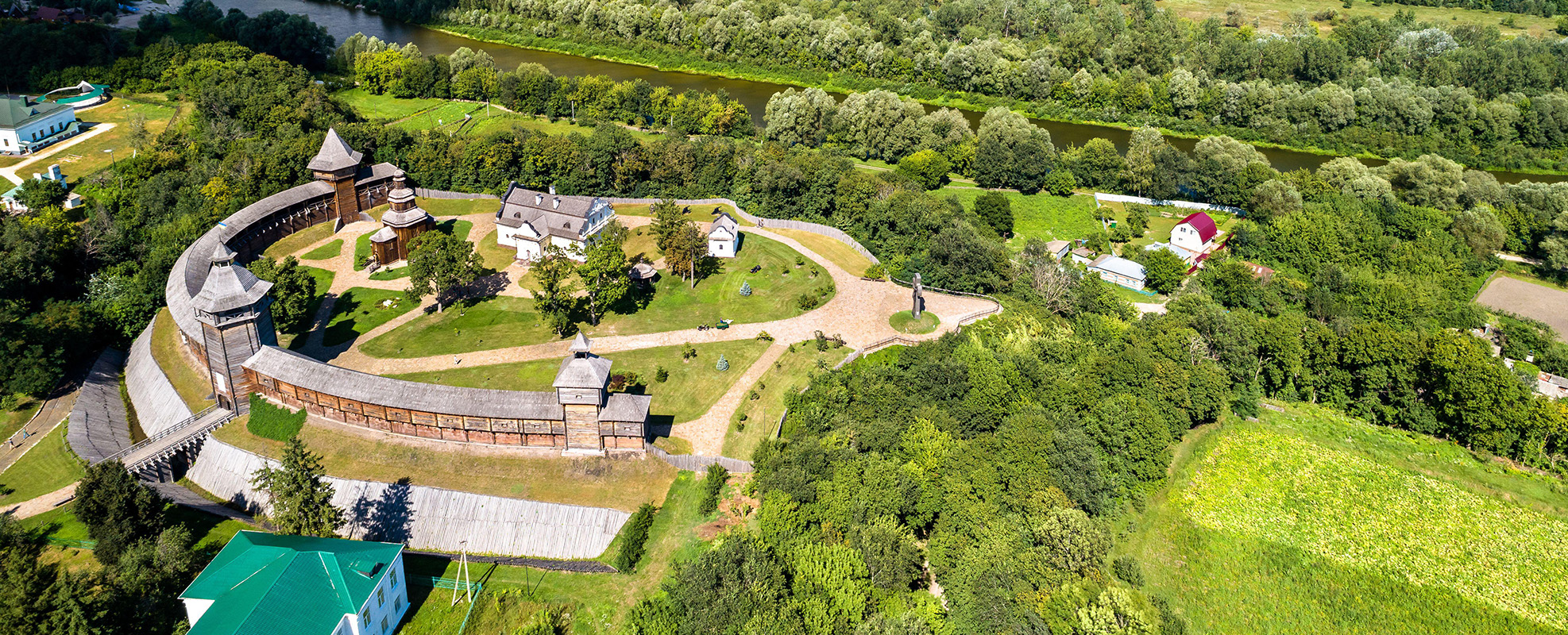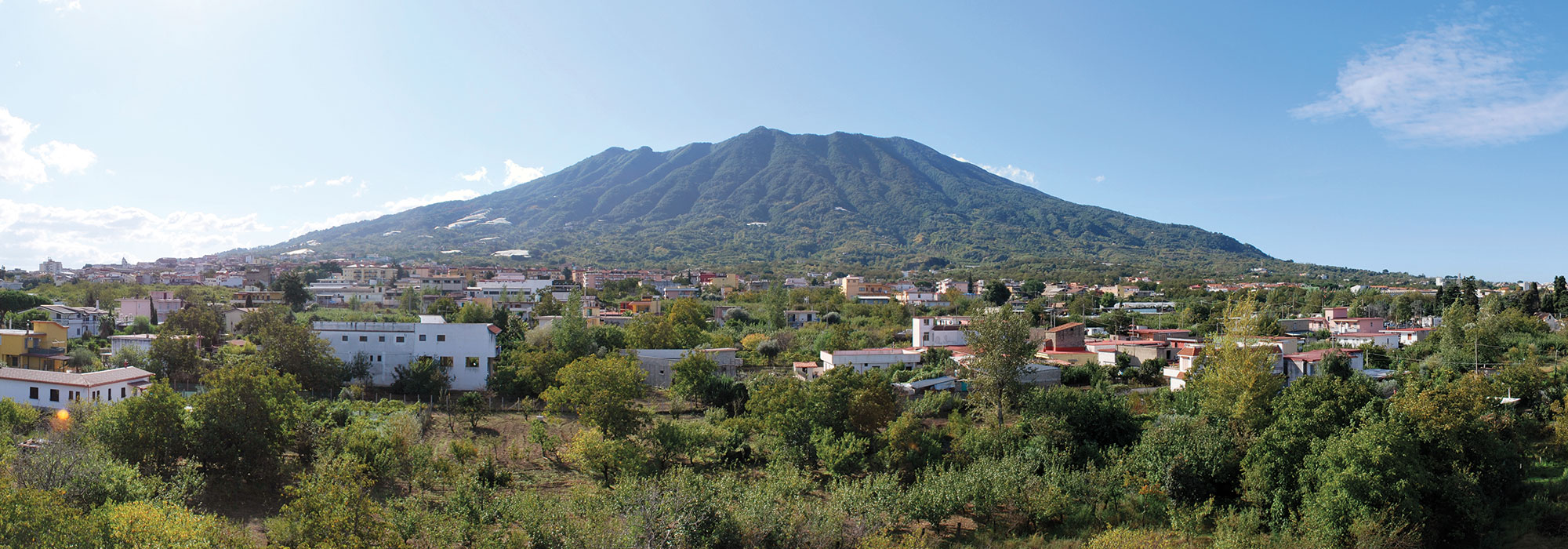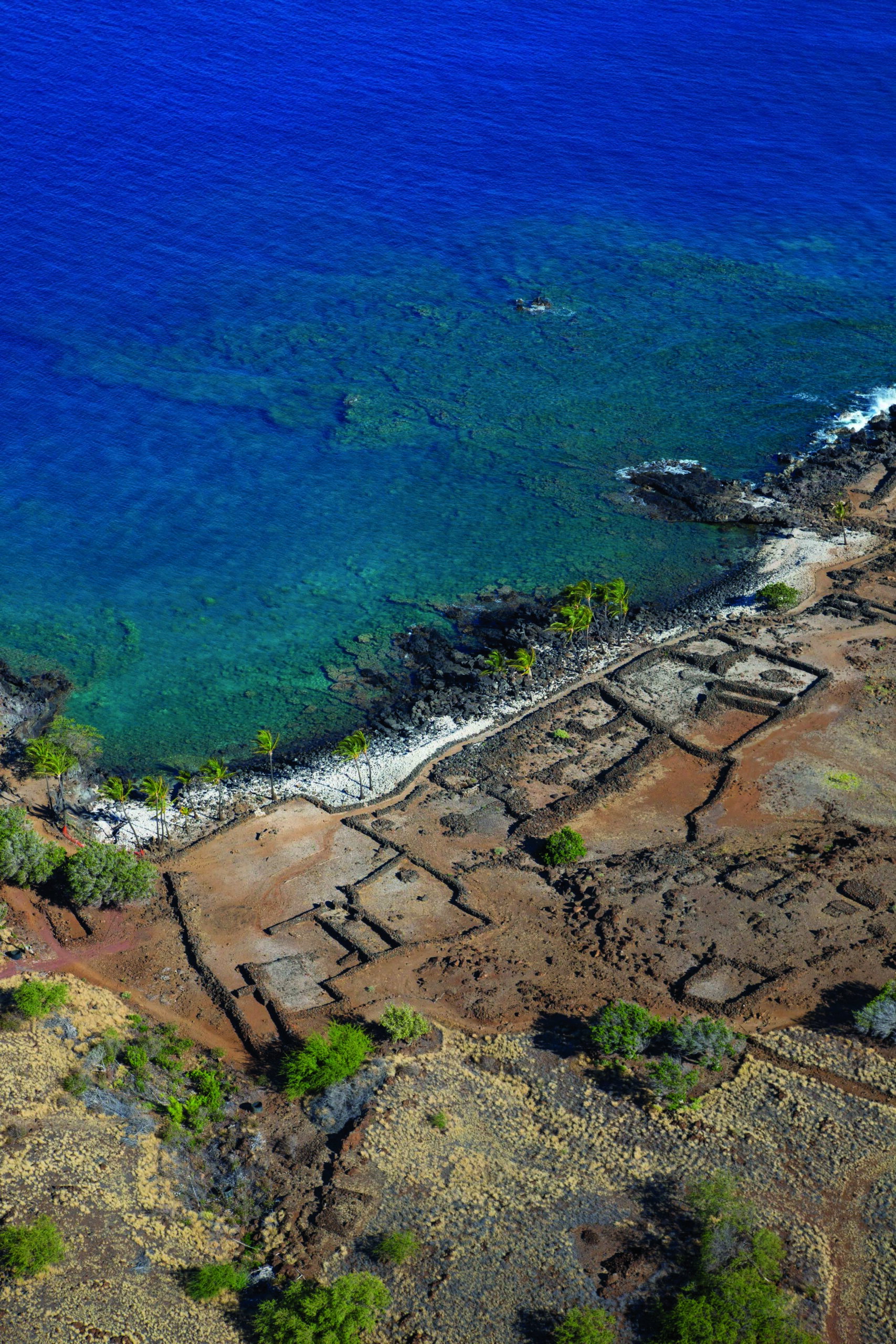
Standing beside a cove on the northwest coast of the island of Hawaii, the fishing village of Lapakahi, which is surrounded by black lava stone walls, was once home to generations of fishers and farmers known throughout the archipelago for their mastery of la‘au lapa‘au, or the practice of traditional Hawaiian medicine. “Lapakahi is one of the best-preserved villages of its kind in Hawaii,” says Hawaii State Parks archaeologist Tracy Tam Sing. “Many seaside fishing villages have been lost to coastal erosion, and there aren’t many other sites quite like it.” He estimates some 70 to 100 people lived in the village at any one time. According to oral histories, those numbers swelled when people from other islands traveled to the village for a yearly event dedicated to la‘au lapa‘au. “People came from all over to Lapakahi to learn and exchange knowledge about beneficial plants,” says Tam Sing. Guests from different islands even maintained their own dwellings in the village, whose last inhabitants lived there until the early twentieth century. A group dedicated to la‘au lapa‘au still gathers at the site every year to continue the tradition.
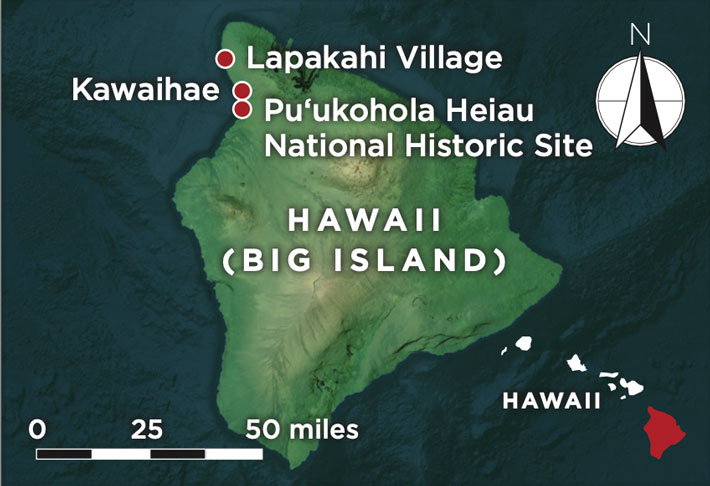
The first settlers probably beached their canoes at Lapakahi around 1350, when the earliest voyagers from the Society Islands in what is now French Polynesia are thought to have reached Hawaii. Tam Sing says the villagers initially focused on fishing, but they eventually began to cultivate taro and sweet potatoes in fields away from the coastline. They also poured salt water into hollowed-out stones to make salt crystals that were an important trade item.
Excavations were first carried out at the site in the late 1960s, and a team revisited Lapakahi in 2019 when coastal erosion threatened some of the village’s structures. In both cases, the overwhelming number of artifacts archaeologists discovered were fishhooks, lures, and sinkers fashioned from stone and bone.
THE SITE

Lapakahi State Historical Park features a half-mile-long path that takes visitors past many hale, or houses, as well as a fishing shrine and the ruins of structures once used by villagers to store canoes. Other visible remains of life at Lapakahi include rock salt pans, an effigy of the fishing god Ku‘ula, and a stone board used to play a game similar to checkers.
WHILE YOU’RE THERE
Visitors can swim and snorkel at Mahukona Beach Park, just a four-minute drive north of Lapakahi. If you’re in the area, don’t miss Pu‘ukohola Heiau National Historic Site. It features a massive heiau, or temple, built in the late eighteenth century on the orders of King Kamehameha I (reigned 1795–1819), who united the islands of Hawaii. The royal site makes for an interesting visit after seeing how commoners lived at Lapakahi. Tam Sing also recommends stopping at the nearby town of Kawaihae. He says the Seafood Bar and Grill there is one of the best restaurants on Hawaii thanks to its proximity to one of the island’s two harbors. Be sure to get there when the catch has just come in and you’ll be able to eat as well as the villagers of Lapakahi did.
